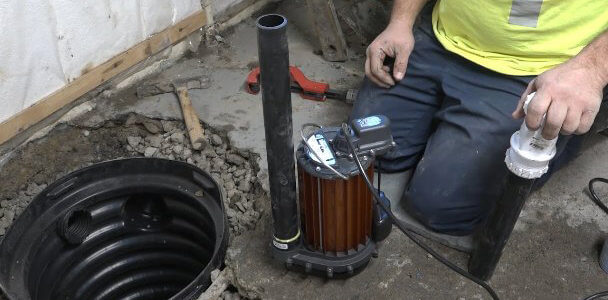Qualified Full Site Audits Ensure The Correct Pump Is Installed!
Installing the right pump to carry out the job required is critical. Unfortunately, a mistake in specification may only come to light when there’s an obvious performance failure from a sump pump, drainage pump or pressurisation unit. By then it’s too late! Either your basement is flooded or hot / cold water is not reaching your showerhead properly.
In some cases, one cellar pump may simply be inadequate and two pumps are required, but its almost always recommended to install a battery back-up. Most pumps designed for specific applications have different voltage ratings to handle the level of pumping task required.
Incredibly, it is not unknown for a poorly performing pumping station in a commercial premises to be caused by the installation of a lower priced pump normally installed in a domestic premises. It is therefore essential that a thorough site audit by a qualified pump engineer is completed to ensure a correctly specified pump is installed as well as putting in place a regular service maintenance schedule.
Article Chapters
Submersible sump pump is different from a borehole pump
Beware of pumping tasks that may appear to be similar but require their own pumping solution / equipment. For example, a submersible sump pump is different from a borehole pump.
A borehole pump – usually made from stainless steel – is submersible, but it is designed to pump potable water, i.e. water that is safe to drink out of boreholes, wells, reservoirs and tanks. Their function is different from a class of submersible pumps known as sumps pumps or secondly, sewage / drainage pumps.
Their task is to pump out waste water, whether a drainage pump for cellars and basements or a sewage pump for pumping wastewater to the main sewer system. A further type of submersible pump is known as a well pump, which is used for irrigation.
A pressure booster set is not the same as a pressurisation unit
Problems over water pressure also require their own dedicated equipment solutions. Here, it is important to distinguish between a pressure booster set and a pressurisation unit – and not be confused by the use of the common term, “pressure”.
A pressure booster set – is intended to boost the mains water pressure into a building. The equipment (for potable water) typically comprises a single, twin or three pump system, each with different voltage ratings. An automatic controller regulates the demand for water through a building’s taps or showers while a variable speed unit will also maintain a constant pressure.
A pressurisation unit – is an essential component of a commercial heating system, which constantly monitors the pressure in a sealed system, and will supply additional water when required. A full audit will determine whether a single or twin pump system and their differing voltage ratings are required to be specified.
Is the correct water pump installed at your premises?
Find out if your pump needs an upgrade or a service.
TEL 01634 215192 EMAIL info@www.kdpumps.co.uk.

